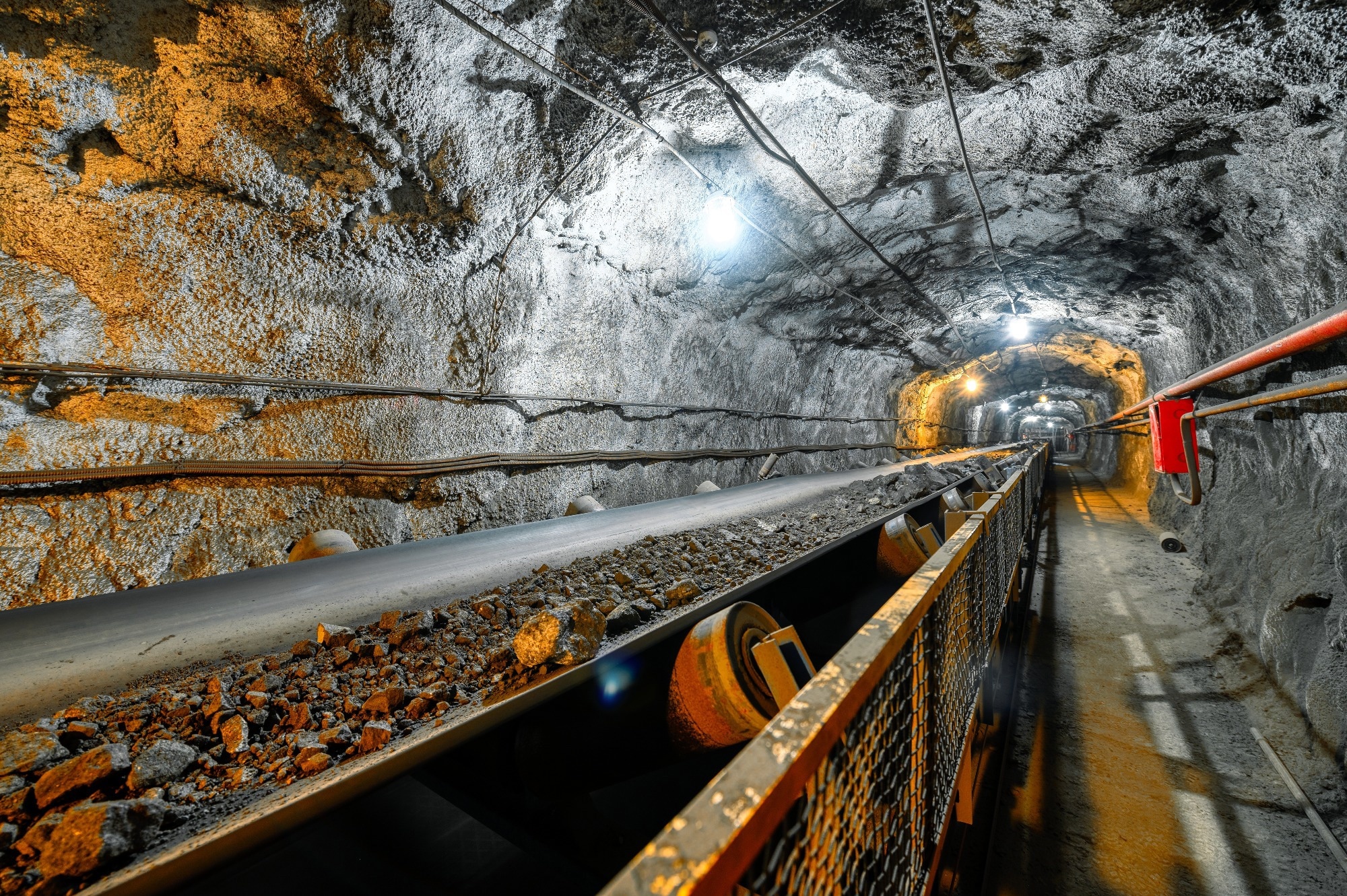In a recent press release by International Mining, researchers discussed the strategic partnership between ZGCMC (Sichuan Zigong Conveying Machine Group Co., Ltd.) and Huawei, aimed at deploying AI-driven solutions within mining conveyor systems. Their collaborative focus exemplifies how industry-academic partnerships can revolutionize traditional mining practices, particularly through the deployment of intelligent conveyor management systems designed to predict failures, ensure safety, and optimize maintenance.

Image Credit: Nordroden/Shutterstock.com
Background
Mining conveyor systems are integral for transporting raw ore and bulk materials across large distances within mining sites. These systems often extend over several kilometers and incorporate thousands of rollers and mechanical components, each susceptible to wear, failure, and damage. Failure or malfunction of conveyor rollers can trigger costly downtimes, process delays, and safety hazards—including fires caused by overheating components.
The complexity and size of these systems make regular manual inspections challenging, inefficient, and often insufficient for timely fault detection. Recognizing these challenges, industry leaders have sought to modernize conveyor operations by adopting internet of Things (IoT) and Artificial Intelligence (AI) technologies. Huawei, with its expertise in cloud computing, big data, and AI, partnered with ZGCMC, a key industry player in conveyor machinery manufacturing, to develop advanced, scenario-specific solutions.
Fiber Optic Network
This innovative approach involves using fiber optic cables as "listening devices" along the conveyor rollers. These cables are sensitive to vibrations and acoustic signals generated by operational anomalies. The fiber optic network effectively transforms the cable into a large-scale acoustic sensor, capable of capturing subtle vibrations across several kilometers.
Data collected includes vibration patterns, temperature fluctuations, and acoustic signatures, which are crucial indicators of component health. Temperature sensors are installed on electromechanical drive equipment, capturing real-time thermal data that signals potential overheating and imminent failure.
Vibration sensors also monitor mechanical oscillations associated with roller wear or imbalance. These sensors upload vast amounts of data via IoT gateways to a centralized computing environment, enabling continuous monitoring.
At the core of this system is Huawei’s Pangu prediction model, a sophisticated AI platform trained on historical and real-time data to learn the normal operating patterns of conveyor components. The model analyzes vibration, temperature, and acoustic data to identify subtle deviations that precede faults. Machine learning algorithms classify faults with high precision, enabling early intervention before catastrophic failure occurs.
The entire setup employs a hybrid cloud environment to ensure reliable, scalable, and secure data processing and storage. Continuous data streaming from sensors is processed in real time, with AI models generating alerts and diagnostic outputs. The system supports remote fault localization by enabling engineers to “listen” to conveyor sounds or review vibration patterns via cloud-based dashboards.
The Benefits of AI Conveyor Monitoring Systems in Mining
The deployment of AI-driven conveyor monitoring systems has yielded promising results. The fiber optic acoustic sensing technology has revolutionized fault detection by providing continuous, precise, and real-time insights into conveyor component health. The ability to detect subtle vibrations earlier than traditional manual inspections means maintenance can be scheduled proactively, significantly reducing unplanned downtime.
In the case of the copper mine in Lhasa, the sensors have successfully identified early signs of roller failure, enabling maintenance teams to replace or repair components ahead of failure, thereby preventing costly conveyor damage or fires. The AI models have demonstrated high accuracy in fault classification, with a detection precision of within 4 meters, meaning repairs are more targeted and efficient.
The integration of temperature and vibration sensors in drive equipment has further contributed to operational safety. By continuously monitoring critical mechanical parts, the system helps prevent overheating and mechanical failures, safeguarding personnel and equipment.
Operational benefits include substantial reductions in maintenance costs, as predictive maintenance diminishes the need for reactive repairs and minimizes spare parts inventory. The systems also foster safer work environments by reducing the risk of conveyor fires and mechanical accidents due to early fault warning. The ability to remotely “listen” to conveyor sounds adds an extra layer of fault confirmation, making maintenance operations more efficient and less hazardous.
Conclusion
The partnership between ZGCMC and Huawei signifies a transformative step toward deploying intelligent technology in the mining industry, particularly for conveyor systems.
By using advanced sensing technologies, AI analytics, and cloud computing, the collaboration has demonstrated a promising pathway for predictive maintenance, safety enhancement, and operational efficiency in mining operations. The systems enable real-time fault detection and localization, preventing costly downtimes and safety incidents, while promoting cost savings through optimized maintenance schedules and resource allocation.
This initiative exemplifies how industry players can harness emerging digital technologies to upgrade traditional mining infrastructure, reducing reliance on manual inspections and reactive repairs. The successful implementation in diverse mining environments underscores the versatility of these solutions, paving the way for broader adoption across the industry.
Source:
Press Release. International Mining. ZGCMC collaborates with Huawei to bring AI to mining conveyors. Accessed on 12th September 2025. https://im-mining.com/2025/09/19/zgcmc-collaborates-with-huawei-to-bring-ai-to-mining-conveyors/